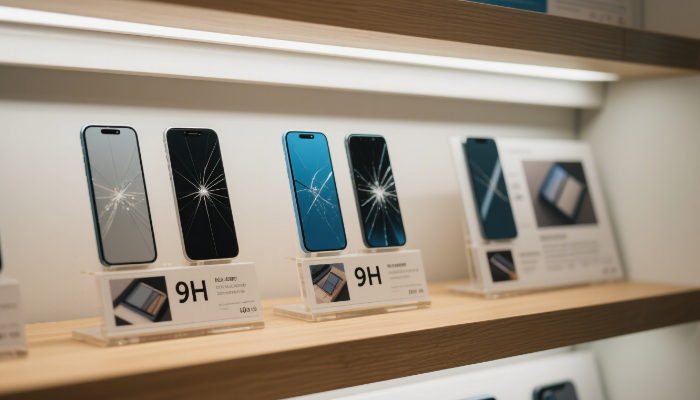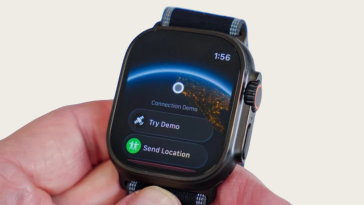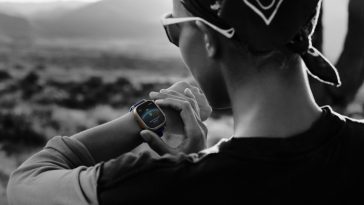Introduction
Have you noticed almost every screen protector claims “9H hardness” and “ultimate scratch resistance”? But what does “9H” really mean? Does it guarantee solid protection, or is it just a catchy label to influence your purchase? Let’s decode the industry standards behind those claims and reveal what genuinely matters for your phone’s screen.
What Is “9H Hardness”?
- “9H Hardness” is a label referencing the pencil hardness test, not the actual Mohs mineral hardness scale most consumers assume123.
- In this test, manufacturers use graphite pencils ranging from the softest (6B) to the hardest (9H) and attempt to scratch the glass at a standard angle and pressure.
- If a 9H pencil—the hardest in the pencil scale—cannot scratch the protector, the product is awarded a “9H” rating12.
| Term | What It Means |
|---|---|
| Pencil Hardness Test | Can resist scratches from a 9H pencil lead |
| Mohs Hardness | Scale from 1 (soft) to 10 (diamond); glass ~5–6 |
The Industry Testing Standard: Not What You May Think
- Pencil hardness tests are widely used in the screen protector industry because of their simplicity and low cost.
- This test is not equivalent to testing against real-world threats such as sand, dirt, or other minerals harder than pencil lead—common causes of phone screen scratches13.
- Some manufacturers also perform advanced tests (e.g., indentation and modulus analysis), but most rely solely on pencil hardness for their “9H” promise4.
Limitations of the Pencil Hardness Test
- A screen protector rated 9H can still be scratched by hard minerals (like quartz in sand), as their hardness exceeds that of a 9H pencil and even typical window glass.
- The “H” in “9H” stands for the hardness of a pencil, not minerals or metals you might find in your pocket or on the beach.
Marketing Myths vs. Facts
- “9H” is not the same as “Mohs 9”: The Mohs scale classifies diamond as 10, corundum (sapphire) as 9, and glass typically falls between 5 and 6—much lower than what “9H” strongly suggests1.
- Universal Labeling, Different Quality: Most screen protectors claim 9H, but the actual scratch resistance can vary significantly depending on glass composition, treatments, coatings, and thickness4.
- No Guarantee Against All Scratches: Even genuine 9H protectors are still vulnerable to sand, grit, and repeated wear that go beyond the pencil test’s coverage.
How to See Through the Hype
- Treat “9H hardness” as one indicator among many—not an absolute guarantee of scratch-proof protection.
- When shopping for a protector, consider:
- Oleophobic coating quality (for fingerprint resistance and smudge cleaning ease)
- Transparency and visual clarity, not just scratch-resistance claims
- Real-world testing, not just lab labels and pencil numbers
Conclusion
The “9H hardness” label is primarily a marketing shorthand derived from a simple, controlled pencil scratch test. It does not equate to invincibility against all scratch sources you’ll encounter in daily life13. While it signifies a certain level of resistance to common objects like keys and coins, it’s not the ultimate protection. Real-world durability depends on multiple factors, so don’t let a single label dictate your expectations—or your purchase4.
Empower yourself with the facts and shop smarter. Don’t be fooled by the “9H hardness” hype—ask the right questions about how screen protectors are tested, and what genuinely shields your phone on a daily basis.
- https://www.howtogeek.com/773302/what-is-screen-protector-hardness-and-does-it-matter/
- https://procase.com/blogs/new/what-is-9h-hardness-for-screen-protectors
- https://karerte.com/9h-hardness-for-screen-protectors/
- https://www.linkedin.com/pulse/putting-your-cell-phone-screen-protector-test-pierre-morel





 No products in the cart.
No products in the cart.